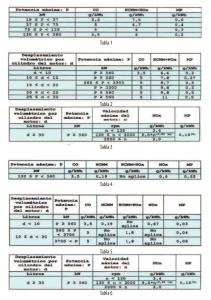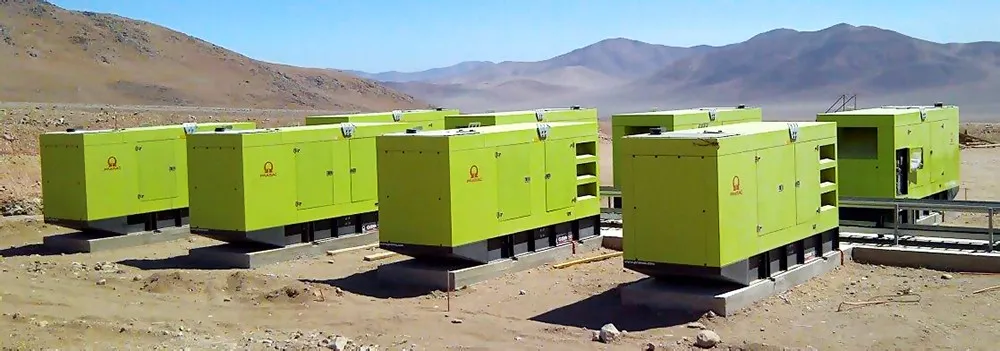GENERATOR SET EMISSIONS STANDARD What is its scope?
July 11, 2024
A generator is a system for generating electricity by integrating an internal combustion engine that normally uses Diesel as fuel and that drives an electric generator. Generators are used in industries, commercial buildings and residential buildings to provide a secure power supply to critical equipment in the event of a power outage. In addition, they can be used to reduce costs by limiting power during peak periods, complementing renewable energy sources and supplying power to isolated facilities.
An internal combustion engine that uses Diesel is a significant source of emissions of compounds considered toxic to health and the environment. The major pollutants emitted by these devices are particulate matter (PM) and nitrogen oxides (NOx). In PM emissions, the most harmful is its fine fraction known as PM 2.5, which causes respiratory problems and increases the risk of cardiovascular diseases. Diesel engines also emit other pollutants such as benzene, formaldehyde and polycyclic aromatic hydrocarbons (PAHs) that are considered toxic because they are precursors of cancer and neurological disorders.
Since the late 1990s, power generators have been regulated in the Metropolitan Region, since they are considered fixed sources, so they have had to be registered and also prove compliance with the particulate matter emission standard for fixed sources, through an annual measurement, as indicated in the regulations. Later, this was extended to places with prevention and atmospheric decontamination plans that apply to specific areas.
Since the beginning of the 2000s, the authority showed interest in specifically regulating emissions from power generators due to their adverse effects on society that are different from other fixed sources, but this took almost 20 years to materialize.
Supreme Decree No. 38
Supreme Decree No. 38 of 2020 of the Ministry of the Environment and published in the Official Gazette on September 15, 2021 establishes the emission standard for generator sets, which applies to new generator sets with internal combustion engines with compression ignition (Diesel) and power greater than or equal to 19 kW. Excluding generator sets in areas without access to the National Electric System and whose main use is for residential use.
Compliance verification is carried out by the manufacturers or distributors of the brands of these equipment, who must prove to the Superintendency of the Environment that the generator sets comply with the standard. In this way, Chile became the first country in the Region to create a national regulation for this type of equipment.
Currently, Supreme Decree No. 38 establishes the emission limits shown in Table 1 for new generator sets between 19 kW – 560 kW.
New generator sets with powers greater than 560 kW must comply with the emission limits based on the volumetric displacement per cylinder of the engine (d), according to Table 2 for d< 30 liters and Table 3 for d> 30 liters.
From September 15, 2025, the regulations will be more demanding. Imported generator sets with powers between 130 kW and 560 kW must comply with Table 4.
And imported generator sets with powers greater than 560 kW must comply with the emission limits in Table 5, d< 30 liters, and Table 6, d> 30 liters.
In summary, Supreme Decree No. 38 will be fully in force as of September 15, 2025. This regulation raises the technological standard of diesel generator sets that enter the country and are available for purchase in the national territory, making the limit of their emissions more demanding, resembling standards of developed countries given the latent damage that the emissions of these equipment have on human health and which is greater than other fixed sources. The regulation mainly affects suppliers and forces them to bring in equipment with higher technology. But owners must continue to report detailed information on the generator sets and their operation annually, as they already do with existing generator sets and other fixed sources.


